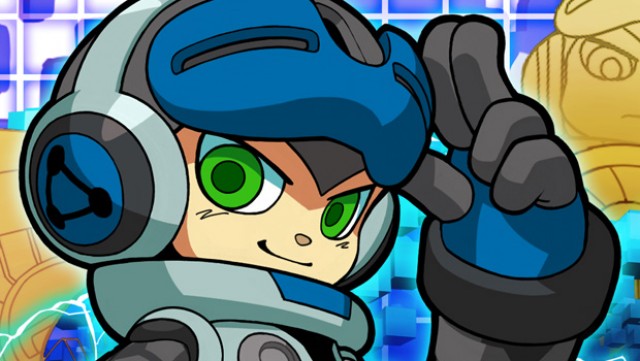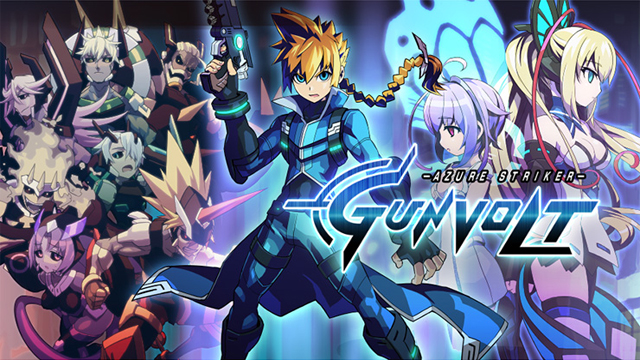
Sometimes people just can’t get what they want. It’s a fairly common problem when it comes to video games. Game “X” comes out, never to be seen or heard from again despite being wildly fun and entertaining, or after many years and sequels, a franchise fizzles up and drifts away into oblivion. The reasons can vary quite a bit– low sales, developer closures, etc. Luckily, though fans usually have to make due with what they can get, there are occasions when the universe throws them a bone in the form of a spiritual successor. Often these games are so close to the titles from which they’re derived, the only difference is their names.
This certainly isn’t anything new in the industry. Fans have grown accustomed to spiritual successors for years now, though there are many instances that they might not even be aware of it. Take the Assassin’s Creed series for example, which was born from Prince of Persia. Much of the acrobatic action that defined Prince of Persia from the GameCube era forward is weaved into the fabric of Assassin’s Creed, and though the two franchises are tonally markedly different from one another, both are a wonderful outlet for over-the-top parkour fans. Platinum Games’ Bayonetta is itself powered by Devil May Cry, which makes sense considering both series were created by Hideki Kamiya. Whether mimicking a beloved franchise, or acting to replace one with an experience familiar yet different, it’s been a common practice for many console generations.

What’s become fascinating of late, however, is the sudden uptick in spiritual successors that have been springing up. Mighty No.9 (Mega Man), Yooka-Laylee (Banjo-Kazooie), Azure Striker Gunvolt (Mega Man X/Zero), Bloodstained: Ritual of the Night (Castlevania), and likely more to come have all been making quite a splash by attempting to carry the torch of dormant franchises. Raising the intrigue up a notch is how so many of these games have the actual talent that created their inspirations as part of their development teams. Keiji Inafune, Koji Igarashi, and many others of the old guard who brought fans a multitude of classic titles and series are working hard to break the mold a second time.
It’s sort of astounding to think that the pedigree of game developers who are working on these spiritual successors aren’t simply working on the original franchises themselves. After all, why bother with Bloodstained when Castlevania is right there, waiting for a new 2D installment? Sadly, though fans, especially longtime ones, might have a great love for everything from Bomberman to Conker’s Bad Fur Day, the message from AAA companies like Konami and Capcom is that the sales numbers don’t justify making those games anymore. Where once a name like Mega Man could command the attention of legions of players, now even a retro 8-bit platformer featuring the character is viewed as a veritable crapshoot by industry analysts. At least… that’s the story.

The truth might be something quite different if this new batch of spiritual successors has anything to say about it. Besides the number of these games waiting in the wings, the means by which their creators are trying to produce them is equally surprising, with almost all of them universally seeking crowdfunding through websites like Kickstarter. So not only are game makers like Keiji Inafune trying to challenge the perception by companies like Capcom with the assertion that the world still wants a Mega Man game, but also that the world is willing to help pay to have it made, too. Which sounds crazy, but if the recent outpouring of support for Koji Igarashi’s Bloodstained is any indication, players around the globe are desperate to keep playing these classics, even if in an altered form.
Of course, a successful Kickstarter campaign doesn’t necessarily equal a good game, but with the quality of brilliant creators on tap to bring these titles to life, hopes are high for the future. The tricky part will be seeing how receptive the market is to Bloodstained and Mighty No.9 once they finally do arrive. Video game players have been notoriously fickle in the past, after all. Cries for “give us something different!” come across as insincere when a game like Beyond Good & Evil, which fit that description perfectly, goes largely ignored. There has been outcry against Capcom for years now due to the company’s seeming refusal to release a new Mega Man game, so it only stands to reason that if that game’s original creator is making the very sequel fans have been clambering for (albeit under a different name) they should be lining up to buy it.
The old adage of “vote with your dollars” comes to mind, and rightly so; these new games represent a chance for fans to send the big game-making studios a message, one that says, “these are the games we want, so hand ’em over!” Message boards across the Internet are regularly peppered with talk about what a shame it is that so many beloved games and characters are sitting and gathering dust, but there’s no reason to think that will ever change if fans don’t come out and support the titles they claim to want. Yooka-Laylee might not be Banjo-Kazooie, but it is in spirit, and if the developers can come close to replicating the magic of that original game, it deserves to be played. And when the sales numbers start to come out and paint a very lucrative picture, it will at the very least get Konami, Capcom, Rare, and everyone else with a classic withering franchise under its wing thinking about bringing them back to life.




 ShareThis
ShareThis






